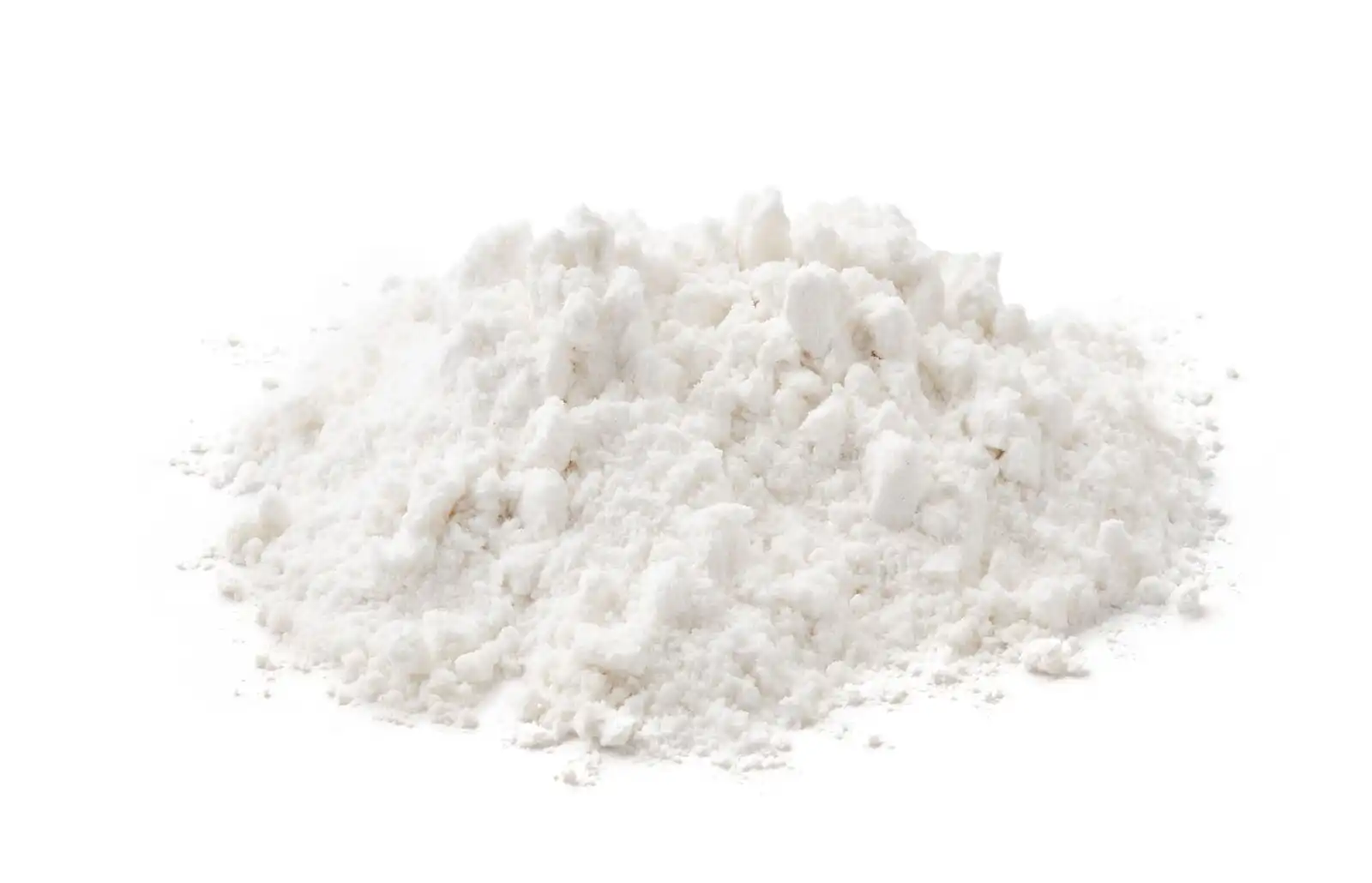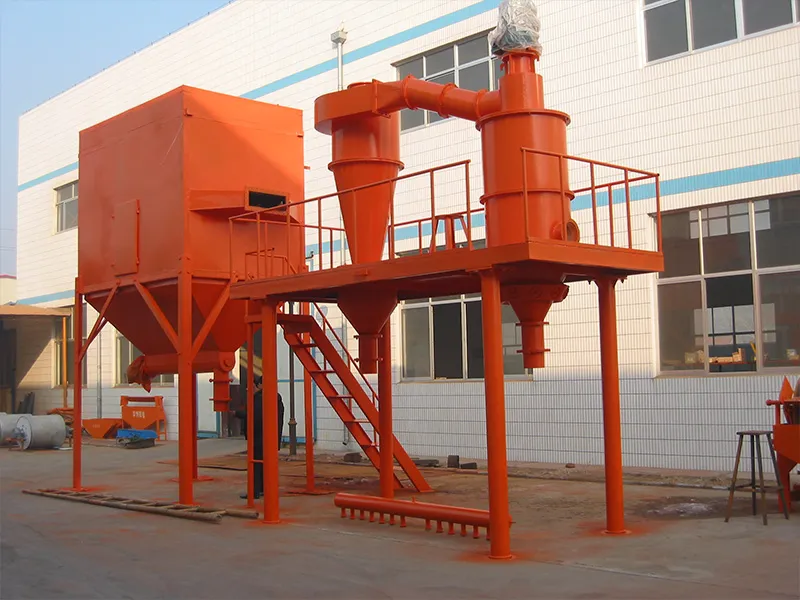Calcium carbonate (CaCO3) is one of the most abundant and widely used minerals globally. It’s vital for diverse industries including paper, plastics, paints, adhesives, pharmaceuticals, construction, and food. As a filler and functional additive, calcium carbonate’s effectiveness depends heavily on its powder characteristics such as particle size, shape, purity, and distribution. Achieving these requires advanced grinding and classification technologies. Air classifier mills, which have become the industry benchmark for producing high-quality calcium carbonate powder.

Why Calcium Carbonate Needs Classifier Mill Grinding
Calcium carbonate exists naturally in forms such as limestone, marble, and chalk. They are typically in coarse raw particle states and unsuitable for direct industrial application. Grinding is therefore necessary to reduce it into fine and ultrafine powders with precisely controlled particle size distributions tailored for specific uses. For example, the paper industry requires calcium carbonate powders with specific fineness and surface area to enhance brightness and opacity, while plastics demand uniform particle sizes to optimize mechanical properties and processing.
While traditional grinding equipment like ball mills, Raymond mills, and vertical roller mills can pulverize calcium carbonate, they often lack precise classification control. This can lead to wide particle size distributions, inconsistent product quality, higher energy consumption, and increased regrinding needs. Classifier mills integrate grinding and air classification in a single system, allowing real-time separation of fine particles from coarser fractions, which are returned to the grinding zone for further processing. This closed-circuit design significantly improves grinding efficiency, product uniformity, and yield.
Why Use Classifier Mills for Calcium Carbonate?
Classifier mills have become the preferred choice in the calcium carbonate industry due to the following reasons:
• Integrated grinding and classification: They combine high-precision air classifiers with comminution mechanisms to produce particle sizes ranging typically from 1 µm to 45 µm or more, with very narrow size distributions.
• Energy efficiency: The mill only retains particles larger than the set cut size inside the grinding zone, dramatically reducing overgrinding and energy wastage compared to conventional mills.
• Superior product quality: The classifier ensures particles leaving the mill meet strict size specifications, enhancing reproducibility and consistency for downstream applications.
• Flexible operation: Classifier speed and grinding conditions can be adjusted to fine-tune particle size, allowing production of customized grades ranging from coarse fill to ultrafine powders.
• Dry milling capability: This reduces moisture-related handling issues and energy consumption related to drying in wet grinding methods.
Key Considerations in Calcium Carbonate Classifier Mill Grinding

To optimize calcium carbonate grinding using classifier mills, several technical factors must be carefully managed:
• Feed material quality: Moisture content, hardness, and particle shape influence grinding behaviors. Feed pre-treatment such as drying may be needed for moist limestone to prevent agglomeration.
• Classifier speed: Adjusting the classifier wheel speed governs the cut size of particles leaving the mill, affecting fineness and throughput. Higher speeds produce finer powders but reduce capacity.
• Grinding mechanism design: Impact, shear, and attrition forces need balancing for effective particle size reduction without excessive generation of fines or shape degradation.
•Airflow and temperature control: Proper ventilation avoids overheating and material degradation while transporting ground particles to the classifier.
• Wear resistance: Calcium carbonate’s abrasive nature requires durable mill components, often made from hardened steel or ceramic materials, to ensure longevity.
• Closed-circuit operation: Recirculating oversized particles minimizes waste and improves energy utilization.
Advantages of Classifier Mill Grinding for Calcium Carbonate
• High-quality powders with narrow particle size distributions, meeting stringent industrial standards.
• Improved energy efficiency with up to 5-10% gains in fine powder yield compared to conventional open-circuit grinding systems.
• Reduced operational costs due to less regrinding, lower consumption of grinding media, and elimination of post-grinding classification steps.
• Fully dry processing capability aligns with environmentally sustainable manufacturing goals.
• Flexibility to produce specialty calcium carbonate grades for diverse applications, including ultrafine, heavy calcium carbonate variants.
How our Classifier Mill Perform in Calcium Carbonate Grinding?
EPIC Powder Machinery’s state-of-the-art classifier mills are engineered for the rigorous demands of calcium carbonate superfine grinding. EPIC achieves highly precise particle size control with typical product fineness reaching D90 below 10 microns.
Data from customer case studies show that EPIC’s classifier mills improve fine powder yield by approximately 5-7%. It also reduces energy consumption by 10-15% compared with legacy ball mill systems. These gains translate directly into cost savings, higher product consistency, and competitive advantages.
史詩粉末
Classifier mills represent a technologically advanced solution, offering exceptional energy efficiency, product quality, and operational flexibility required by today’s market.
EPIC Powder Machinery’s air classifier mills deliver great improvements in powder quality, throughput capacity, and operational economics. Contact us to have a tailor-made solution for your powder producion.

